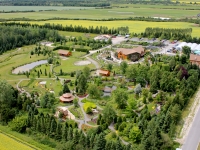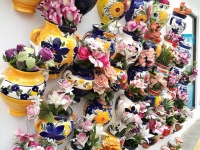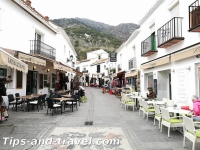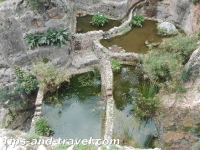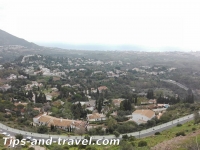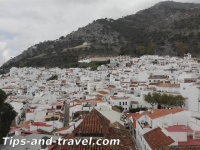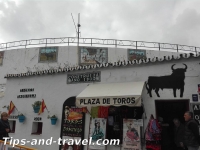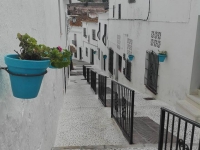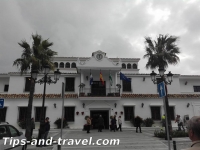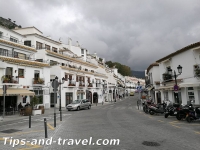Milan Central Station, is an Italian railway station, terminus, located in Duca d’Aosta square in the center of the city of Milan, capital of the Lombardy region. It is the first station of the city and second Italian station with a passing average of 120 million passengers per year, around 300 trains and approximately 320,000 passengers per day. It is served by the Frecciarossa and Frecciargento, Italian Intercity and Eurocity to Switzerland, Thello joins it to Paris-Gare de Lyon and of course, regional trains Trenord to Tirano and Bergamo. It was officially opened in 1931, replacing this way the old station 1864 because it could not support the traffic of the time. The first stone was laid by King Victor Emmanuel III in 1906 but construction began in 1912 and due to the First World War and the crisis, it proceeded too slowly. When Benito Mussolini became head of government he decided that the station should represent the power of the fascist regime. Its facade has 200 meters wide, the ceiling is 72 meters, has 24 docks and large steel arches. The station has several floors accessible by stairs, elevators or escalators. There are many shops selling a different range of products even as cafes and restaurants.
Tips
If you are traveling to Milan Central, you will find everything you need while waiting. If you are traveling with the Freccia, you have an exclusive waiting room for Freccia customers.
As there is always a lot of people, try to go with enough time to catch your train because there are long walks to do in it depending where your train leaves from.
Try to have coins with you to go to the bathroom that are paid because the exchange machines are not always functional.
